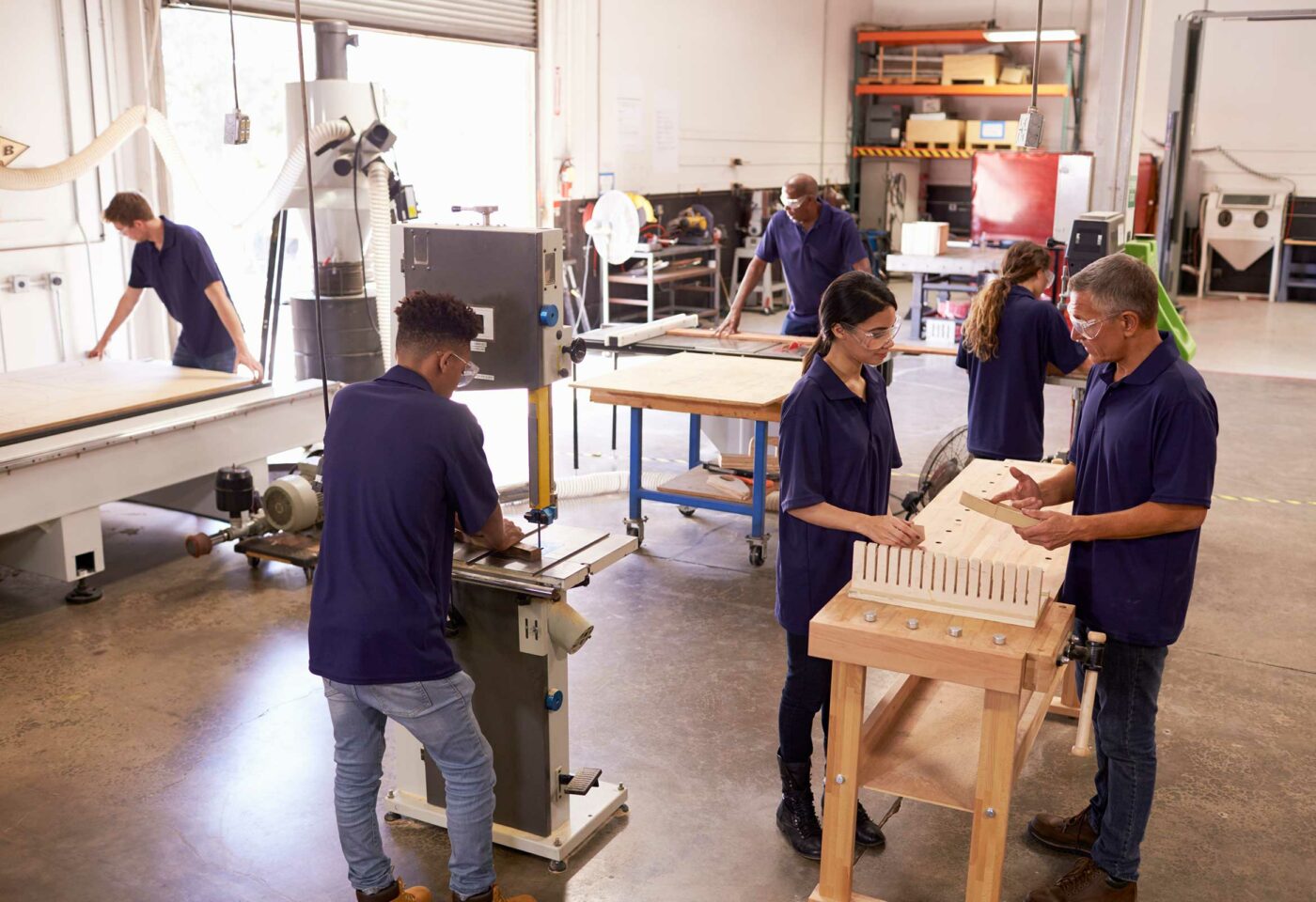By Janet Lane and Lin Akkad
Published in the Edmonton Journal
October 2, 2023
Advanced Education Minister Rajan Sawhney’s recent announcement of $12.2 million for another 2,000 apprenticeships in high-demand skilled trades brings the provincial investment in apprenticeship this year to $54 million. This increased attention to the apprenticeship system is timely and important — Alberta’s got a lot of building to do. In more good news, there are now 59,000 apprentices in the province, up 19 per cent from last year.
If ever there was a time that apprenticeships, with its major component of on-the-job training, was needed, it’s now — and not just for the construction, mechanical and service trades.
Employers across Alberta find it difficult to hire people with the right combination of competencies needed to do jobs well. This is especially true for skilled jobs that do not require a diploma or degree. Even some graduates of post-secondary institutions require additional training and on-the-job learning before they can be certified as competent in their jobs.
Apprenticeship-style education could be the answer for many employers if they’re willing to be part of the training ecosystem and help to build their own workforce. The Government of Alberta recognized this when it brought in legislation that allows it to support apprenticeship-style learning in occupations beyond those in the designated skilled trades.
This is something that other countries have been doing for years. Germany is well-known for its dual education system, through which young people begin to learn the skills of their chosen occupation while in secondary school and then go on to certify in that occupation once they graduate. The combination of classroom, on-the-job learning and mentorship in a wide array of occupations — often with one or two days of vocational school and three to four days of work per week — ensures that they are learning both theory and practice while they are earning. They certify in their occupation with minimal, if any, student loans.
The U.K. offers varying levels of apprenticeships. Its higher apprenticeships offer a combination of schooling and on-the-job learning that can lead to degrees in the professions including nursing and engineering. A robust apprenticeship levy system helps to pay for the wide-ranging and quality-focused apprenticeship programs. Almost 80 per cent of Scotland’s apprentices completed their program in 2019, outperforming England, Australia, Germany and Canada.
A recent push in the U.S. has resulted in a massive increase in the number of people who enter and complete apprenticeships in sectors as varied as hospitality, manufacturing, health care, protection and others. State and federal level investments enhance apprenticeship participation in programs such as California’s competency-based hospitality management program which is composed of concurrent education and 2,000 hours of on-the-job training.
To ensure more apprentices finish their programs successfully, the International Labour Organization suggests it’s important to foster healthy dialogue between stakeholders, provide financial support to employers, develop an efficient apprenticeship-employer matching process and set minimum wages. With a strong, well-supported system already in place, Alberta could easily become a jurisdiction that is successful in making apprenticeship-style learning and on-the-job mentorship a major component across more of the workforce development ecosystem.
There are shortages of qualified workers in health care, hospitality and tourism, manufacturing, supply chain and logistics, aviation, cleantech and other sectors. Industry-led, competency-based apprenticeship-style learning programs could become the viable alternative to traditional learning, providing rapid and effective skills development to meet the needs of individuals who want to work in these sectors and the demands of employers.
For this to happen, employers will need to acknowledge there is no such thing as a job-ready candidate. They already spend time orienting, training and upskilling the people they hire. Through the province’s new legislation, employers will have the opportunity to help solve their own labour shortages through the development of competency-based apprenticeship programs that offer on-the-job training and mentorship combined with formal learning for people who have the aptitude for and interest in their jobs.
Janet Lane is director of the Canada West Foundation’s Centre for Human Capital. Lin Ai-Akkad is a policy analyst with Canada West Foundation.
Read our latest op-eds
Stay Connected. Subscribe.
